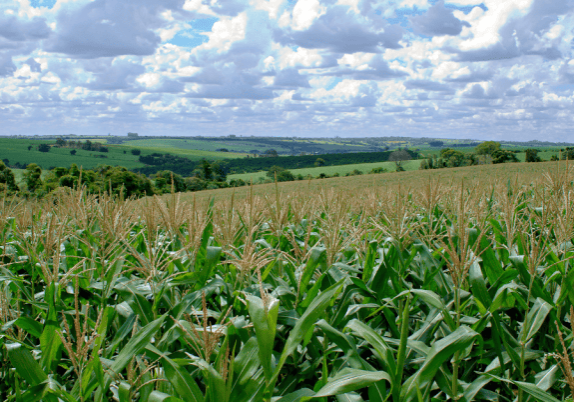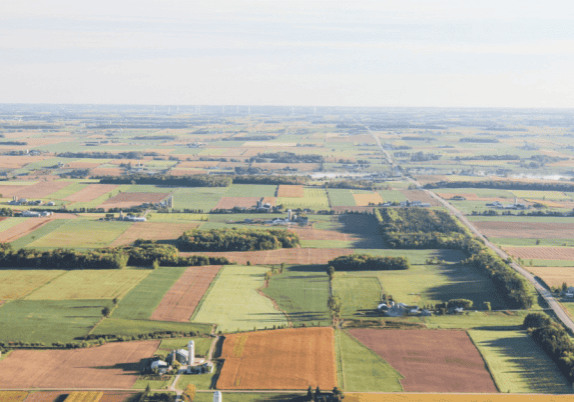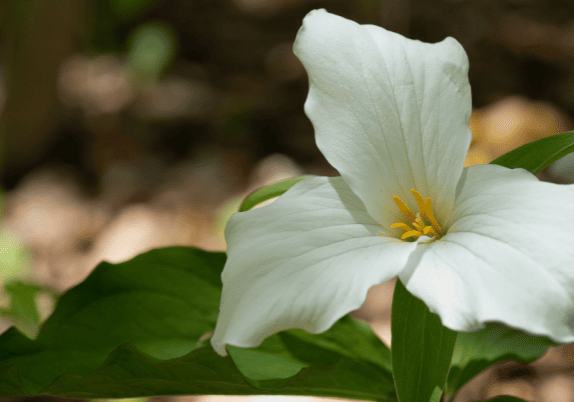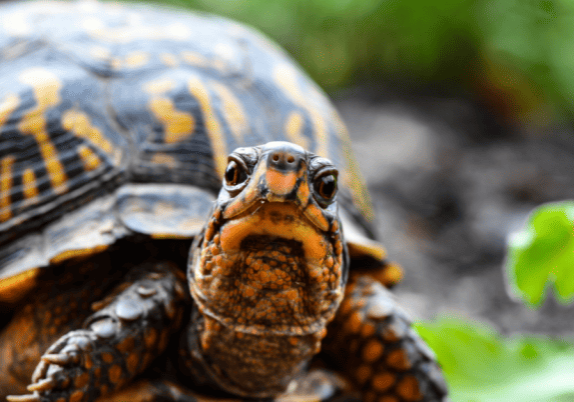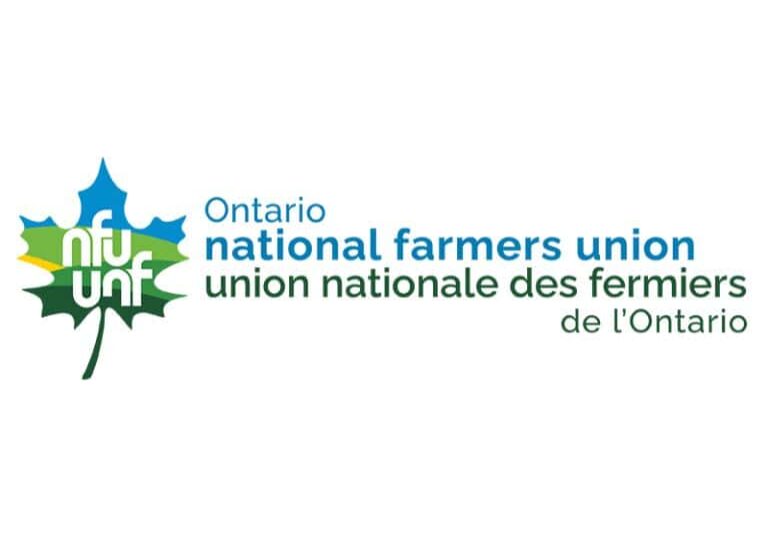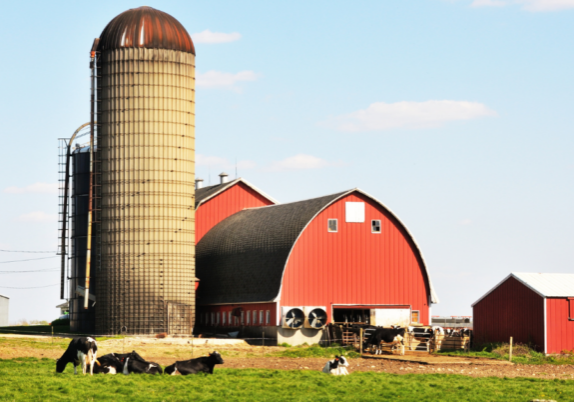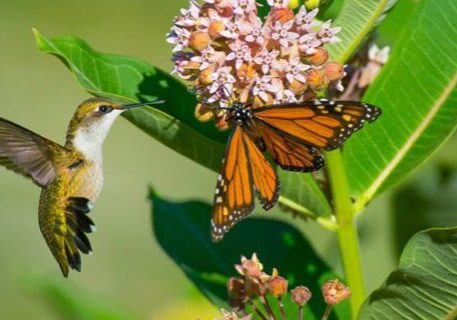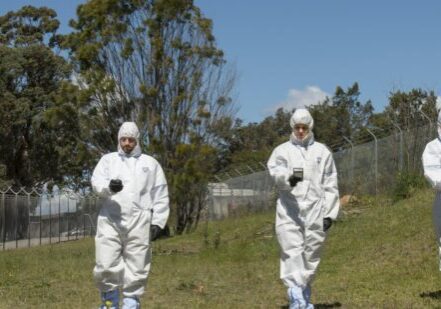Joint Submission to Delay of Protection for Black Ash under the ESA (ERO 019-4278)
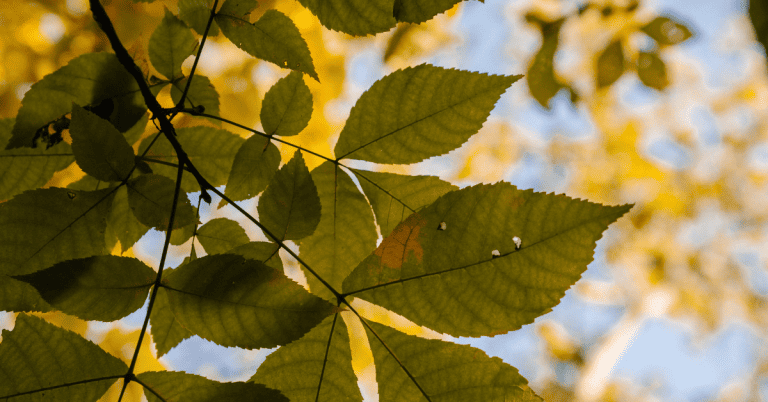
Dear Minister Piccini,
Re. Delay of protection for Black Ash under the Endangered Species Act (ERO #019-4278)
We the 58 undersigned organizations are strongly opposed to your ministry’s proposal to delay protections for Black Ash under the Endangered Species Act, 2007 (ESA). Given projected declines, multiple threats to the species and its cultural significance for many Indigenous Peoples, Black Ash should benefit from the full protection of the law, without further delay.
Delay unjustified
The Ministry of Environment, Conservation and Parks (MECP) is proposing to delay protections for Black Ash for two years once it is listed under the ESA. During this time, activities harmful to the species or its habitat may occur, without legal repercussions.
The ministry maintains that the delay is required “to gather relevant scientific information to better understand the threats to Black Ash trees and the best way to recover it.” Yet, in fact, scientific bodies such as the Committee on the Status of Endangered Wildlife in Canada (COSEWIC) and the Committee on the Status of Species at Risk in Ontario (COSSARO) have already thoroughly examined threats to the species and released their findings. 1 The threats to the species are already well documented and understood.
MECP’s pretense that more time is also needed to consider the social and economic impacts of protecting Black Ash is unfounded and runs contrary to the species-focused yet flexible approach that has been the hallmark of the ESA. The means of addressing social and economic impacts are already built into the ESA’s framework for implementation through regulatory exemptions, overall benefit permits and other authorizations for harmful activities. These tools provide ample flexibility, belying the ministry’s rationale for postponing protections. For instance, there are already exemptions (with conditions) in place for health and safety, development and infrastructure, early exploration mining, pits and quarries, hydro-electric facilities, drainage works and wind facilities. 2 Related activities can be accommodated if they meet the conditions for exemption set out under the Act. Forestry operations in managed Crown forests are entirely exempt from ESA requirements due to recent amendments to the legislation. For all other cases, permits are an option. In this light, MECP’s claim that protecting Black Ash and its habitat would result in “significant social and economic impacts” is grossly exaggerated.
We are deeply concerned about the likely outcome of delay, as it would mean that development proponents who want to avoid the trouble or cost of meeting ESA requirements or seeking authorizations would have two years to cut down Black Ash (including trees that may be resistant to Emerald Ash Borer) and destroy its habitat (primarily wetlands and riparian areas) with impunity. In other words, the proposed delay would create a perverse incentive to get rid of Black Ash and its wetland and riparian habitats before protections come into effect. MECP’s claim that the proposed delay will have a “neutral impact” is unfounded.
Continued and likely accelerated removal of Black Ash, as a result of the proposed delay, risks the loss of genetic diversity that could provide resistance to Emerald Ash Borer and ultimately save the species. While most individual Black Ash trees succumb to Emerald Ash Borer, some appear to be resistant. 3 Our goal should be to preserve as many trees as possible as soon as possible so that any potential genetic variation that provides resistance is identified and protected.
Cultural significance
Black Ash is a culturally significant species for many Indigenous Peoples, as acknowledged in the background information provided by MECP:
“The species is of significant cultural importance for Indigenous peoples and continues to be used in the production of baskets, snowshoe framing and canoe ribs. It is also used to produce dyes and had many historical medicinal uses. Black Ash basketry remains an important component of the histories, cultures and economies of many Indigenous peoples.”(p.3).
In implementing the ESA, the ministry must respect and uphold the Constitutional and Treaty rights of Indigenous Peoples. As stated in section 46 of the ESA:
“For greater certainty, nothing in this Act shall be construed so as to abrogate or derogate from the protection provided for the existing aboriginal or treaty rights of the aboriginal peoples of Canada as recognized and affirmed in section 35 of the Constitution Act, 1982.2007, c. 6, s. 46.”
Presumably, this section would apply to and include the harvest and use of culturally significant species like Black Ash. The proposed delay of ESA protections is not needed to accommodate these rights. On the contrary, the proposed delay would allow others who do not hold these rights to cut down Black Ash and destroy its habitat for two years, without legal repercussions. Such an outcome would clearly be contrary to the interests of Indigenous rights-holders.
If needed to respond to questions or concerns expressed by Indigenous communities or organizations, MECP should issue a clear statement on this matter, indicating that it will interpret the ESA and implement protections for Black Ash in a manner that respects and upholds Indigenous rights.
Threats to Black Ash and Ontario’s responsibility
In October 2020, COSSARO determined Black Ash to be endangered in Ontario. Even though the current population is estimated at over 82,809,000 individuals (Appendix 1, p. 4), numbers are expected to decline by more than 70 percent over the next 100 years (two generations) (p.3). Predicted mortality in areas affected by Emerald Ash Borer is expected to exceed 90 percent. The area affected may increase dramatically due to climate change, from 53 percent currently to up to 99.98 percent within two generations (COSSARO, p. 8).
Globally, the International Union for the Conservation of Nature considers Black Ash to be critically endangered. According to COSSARO, “Ontario’s conservation responsibility is deemed to be significant based on the fact that the species is globally at risk and >=25% of the global range is found in Ontario” (p.3). It should be noted that choosing to delay protections for Black Ash would be inconsistent with the government’s intent, as expressed through its recent amendments to the ESA (section 5(4)(b)), to consider the “broader biologically relevant geographic range” of species at risk in Ontario when implementing the ESA.
The primary threat to Black Ash is the non-native invasive species Emerald Ash Borer. Rather than delaying protections, MECP should be doing its utmost now to identify resistant trees and increase investments in developing effective means of dealing with Emerald Ash Borer.
Black Ash also faces many other threats, including climate change (predicted to significantly reduce the species’ range), forestry (harvesting and the large-scale application of herbicides to control broad-leaved species), and land conversion for agriculture, renewable energy, industrial, or residential purposes (COSEWIC, p. 29). There has been extensive loss of Black Ash habitat since 1837 due to land conversion. Black Ash is mainly a wetland and riparian species (floodplain forests, basin, seepage and lacustrine swamp forests, shoreline forest margins and fens). Over 70 percent of wetlands in southern Ontario have been lost, and the loss continues. According to COSEWIC:
“Habitat conversion resulting in local loss of individuals is continuing and may have significant regional effects into the future on the few remaining Black Ash in areas heavily converted to agricultural and urban land use and impacted by Emerald Ash Borer. (p. 45)”
In addition, flooding from hydroelectric dams has been a “relatively significant factor” in habitat loss, “given the species’ association with floodplains and shorelines.” (COSEWIC, p. 17)
As noted above, a two-year delay in protections will create a perverse incentive for land conversion before ESA authorizations are required, negatively impacting both the species and entire ecosystems (primarily wetlands) where Black Ash are found. The delay would be inconsistent not only with the purpose and intent of the ESA, but also with your government’s commitments to “conserve and restore natural ecosystems such as wetlands” (Made in Ontario Environment Plan, p. 47) and to “develop policy tools and approaches to prevent new wetland loss and work towards the net gain of wetlands in Ontario” (Ontario’s flooding strategy).
In closing, for the reasons outlined above, we urge you not to proceed with the proposed delay of ESA protections for Black Ash and its habitat. Ontario must live up to its responsibility to protect and recover this globally imperiled, culturally significant species.
Yours sincerely,
Ontario Nature – Caroline Schultz, Executive Director
David Suzuki Foundation – Rachel Plotkin, Boreal Program Manager
Earthroots – Anthony Merante, Director of Campaigns
Environmental Defence Canada – Tim Gray, Executive Director
National Farmers Union – Ontario – Don Ciparis, President & R3 Coordinator
North American Native Plant Society – Harold Smith, Past Director
Wilderness Committee – Katie Krelove, Ontario Campaigner
Algonquin to Adirondacks Collaborative – Holly Hayes, Executive Director
Ancient Forest Exploration & Research – Peter A. Quinby, Ph.D., Chair & Chief Scientist
Bert Miller Nature – Deb Sherk, President
Carden Field Naturalists – Tom Wilson, President
Durham Region Field Naturalists – Lois Gillette, Co-President
Eagle Lake Farabout Peninsula Coalition – Dale Mackenzie, Co-chair
Endangered Ecosystems Alliance – Ken Wu, Executive Director
Four Seasons Conservancy – Ray Metcalfe, President
Hamilton Naturalists’ Club – Gord McNulty, Ontario Nature Representative
High Park Nature – Karen Yukich & Sharon Lovett, Co-chairs
Huronia Land Conservancy – Jesse Fieldwebster, Acting Chair
Ingersoll District Nature Club – Peter Krats, President
Kawartha Field Naturalists – Eric Davis, Director
Kingston Field Naturalists – Kenneth Edwards, President
Lakeshore Eco-Network – James Corcoran & Max Morden, Co-chairs
Lambton Wildlife Inc. – Tanya Berkers, President
Lennox and Addington Stewardship Council – Marilyn Murray, Chair
Midland/Penetanguishene Field Naturalists Club – Susan Hirst, President
Mycological Society of Toronto – Sheila Mazur, President
Nature Barrie – Bruce Wilson, President
Nature Guelph – Judy Brisson, President
Nature London – Gordon Neish, President
Niagara Falls Nature Club – Joyce Sankey, Conservation Director
Nith Valley EcoBoosters – Dorothy Wilson, Communications Team
North Gwillimbury Forest Alliance – Jack Gibbons, Chair
Oak Ridges Moraine Land Trust – Susan Walmer, Chief Executive Officer
Ontario Wildlands Conservancy – Hilary Chambers & Kerrie Blaise, Co-directors
Orillia Naturalists’ Club – Marilyn Clark, Vice-President
Ottawa Field-Naturalists’ Club – Jakob Mueller, President
Owen Sound Field Naturalists – Pam Kinchen, President
Peninsula Field Naturalists – Bob Highcock, President
Penokean Hills Field Naturalists – Marg Reckahn, President
Peterborough Field Naturalists – Fiona McKay, Director
Pickering Naturalists – Steve LaForest, President
Quinte Field Naturalists – George Thomson, President
Rescue Lake Simcoe Coalition – Claire Malcolmson, Executive Director
Ruthven Park National Historic Site – Michael Berry, Ecological Stewardship Coordinator
Saugeen Nature – Angus Inksetter, President
Sault Naturalists – Dave Euler, President
Simcoe County Greenbelt Coalition – Margaret Prophet, Executive Director
South Peel Naturalists’ Club – Mark Cranford, President
Sudbury Naturalists – Peter Beckett, President
The Couchiching Conservancy – Mark Bisset, Executive Director
Otter Valley Naturalists – Tom Manley, President
Thickson’s Woods Land Trust – Otto Peter, President
Upper Ottawa Valley Nature Club – Ronald G. Wensel, President
Waterloo Region Nature – Levi Moore, Conservation Director
Willow Beach Field Naturalists – Frank Godfrey, President
York Region Environmental Alliance – Gloria Marsh, Executive Director
York Simcoe Nature Club – Rick Berry, President
Youth Circle for Mother Earth – Coordinating Circle
SOURCES
(1) COSEWIC, Assessment and Status Report on the Black Ash (Fraxinus nigra) in Canada 2018; COSSARO, Ontario Species at Risk Evaluation Report for Black Ash – October 2020
(2) ONTARIO REGULATION 242/08
(3) Steiner, K.C., Graboski, L.E., Knight, K.S. et al. Genetic, spatial, and temporal aspects of decline and mortality in a Fraxinus provenance test following invasion by the emerald ash borer. Biol Invasions 21, 3439–3450 (2019). https://doi.org/10.1007/s10530-019-02059-w
